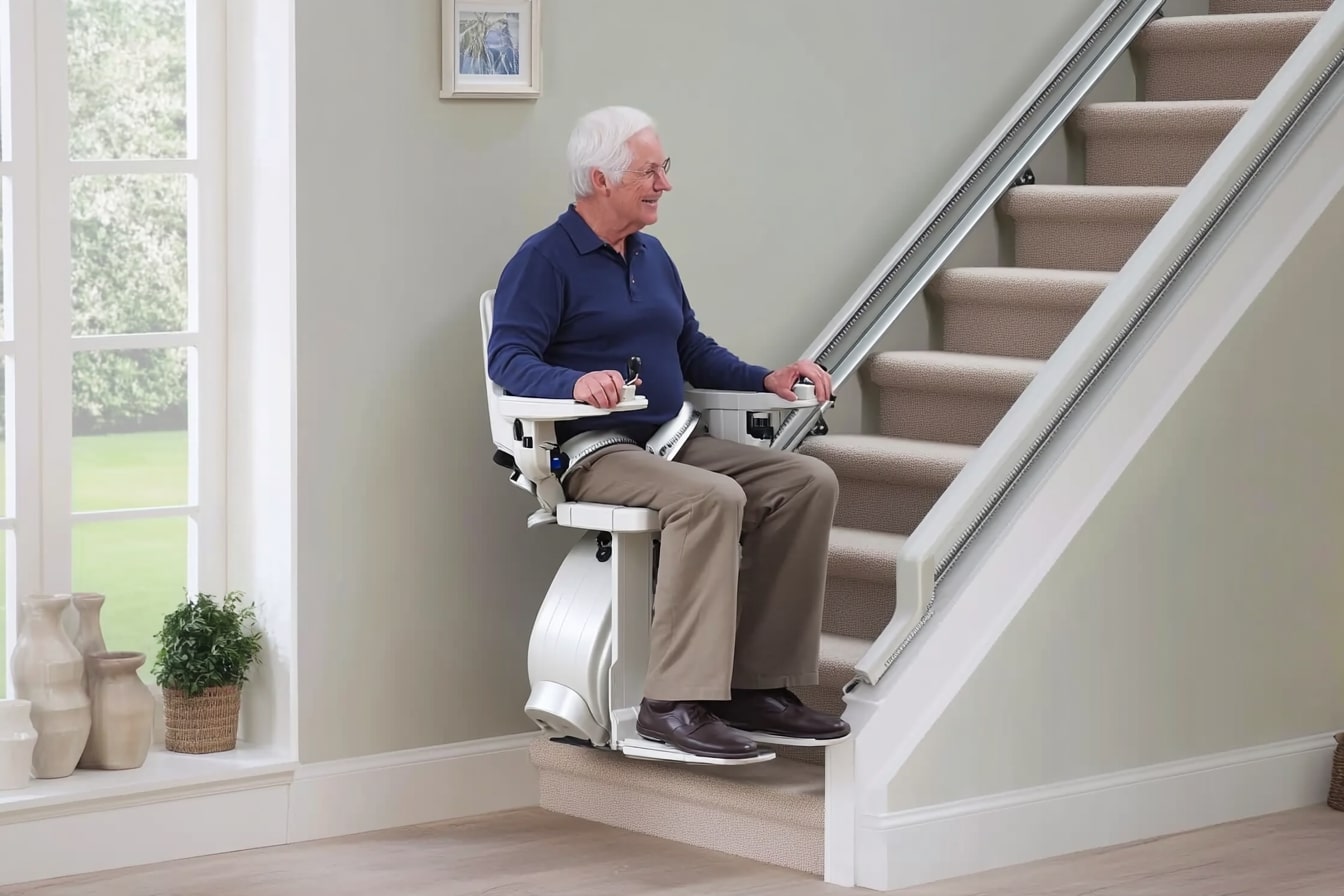Prefab Bungalows for Seniors Australia 2025: Affordable, Smart, and Modern Retirement Living
Australia's aging population is driving demand for innovative housing solutions that combine affordability, accessibility, and modern living standards. Prefabricated bungalows are emerging as a practical alternative to traditional retirement housing, offering seniors the opportunity to downsize without compromising on quality or comfort. These factory-built homes provide faster construction times, customizable designs, and energy-efficient features that align with contemporary retirement lifestyle preferences.

The Australian housing market continues to challenge seniors seeking suitable retirement accommodation, with traditional options often proving expensive or unsuitable for aging-in-place requirements. Prefabricated bungalows represent a growing segment of the housing market, combining modern construction techniques with designs specifically tailored for senior living needs.
These factory-built homes offer several advantages over conventional construction methods, including reduced build times, consistent quality control, and the ability to incorporate universal design principles from the planning stage. As Australia’s population ages, with projections indicating that 22% of Australians will be over 65 by 2057, the demand for suitable senior housing continues to grow.
Why Prefab Bungalows Are Perfect for Seniors
Prefabricated bungalows address many challenges faced by seniors in traditional housing markets. Single-level living eliminates the need for stairs, reducing fall risks and improving accessibility for those with mobility concerns. Wide doorways, level thresholds, and open-plan designs can be incorporated during the manufacturing process, creating homes that accommodate wheelchairs, walking frames, and other mobility aids.
The controlled factory environment ensures consistent build quality and allows for the integration of smart home technologies. Features such as automated lighting, temperature control systems, and emergency alert capabilities can be pre-installed, providing seniors with enhanced safety and convenience. Additionally, the shorter construction timeline means seniors can transition to their new homes more quickly, reducing the stress associated with prolonged building projects.
Cost Effectiveness Compared to Traditional Retirement Housing Options
When comparing prefabricated bungalows to traditional retirement housing options, the financial advantages become apparent across multiple areas. Retirement villages often require significant upfront payments, ongoing fees, and may include deferred management fees that can impact estate planning. Traditional home construction faces rising material costs, labor shortages, and weather-related delays that can inflate final costs.
Prefabricated homes benefit from bulk purchasing of materials, streamlined production processes, and reduced labor costs due to factory efficiency. The controlled manufacturing environment eliminates weather delays and reduces waste, contributing to overall cost savings. Maintenance costs are often lower due to modern materials and construction techniques, while energy-efficient designs can significantly reduce ongoing utility expenses.
| Housing Option | Provider/Type | Cost Estimation (AUD) |
|---|---|---|
| Prefab Bungalow (2BR) | Modular Homes Australia | $180,000 - $250,000 |
| Prefab Bungalow (1BR) | Kit Homes Queensland | $120,000 - $180,000 |
| Retirement Village Unit | Various Operators | $350,000 - $800,000 + fees |
| Traditional Build (2BR) | Custom Builders | $400,000 - $600,000 |
| Granny Flat (Prefab) | Granny Flats Australia | $80,000 - $150,000 |
Prices, rates, or cost estimates mentioned in this article are based on the latest available information but may change over time. Independent research is advised before making financial decisions.
Navigating Local Regulations and Urban Downsizing Trends
Australian local councils have varying regulations regarding prefabricated homes, with some areas embracing these housing solutions while others maintain restrictive policies. Understanding local planning requirements is crucial, as some councils classify prefabricated homes differently from traditional builds, potentially affecting approval processes and ongoing compliance requirements.
Urban downsizing trends are creating opportunities for prefabricated bungalows in established suburbs. Many seniors own large family homes on substantial blocks but struggle with maintenance and running costs. Subdividing properties or utilizing secondary dwelling provisions can allow seniors to construct prefabricated bungalows on their existing land, generating rental income while maintaining independence.
State governments are increasingly recognizing the role of prefabricated housing in addressing housing affordability challenges. Some jurisdictions offer streamlined approval processes for certain types of prefabricated homes, while others provide incentives for age-friendly housing developments.
The design flexibility of prefabricated bungalows allows them to complement existing neighborhood character while meeting modern accessibility standards. This adaptability helps address council concerns about visual impact while providing seniors with suitable housing options in familiar communities.
Prefabricated bungalows represent a practical solution for Australia’s aging population, combining affordability, accessibility, and modern living standards. As construction costs continue rising and traditional retirement housing becomes increasingly expensive, these factory-built homes offer seniors an alternative path to comfortable retirement living. The key to success lies in understanding local regulations, choosing reputable manufacturers, and ensuring designs meet both current needs and future accessibility requirements.




